Hammersmith Bridge in London closes after propagation of existing cracks

The Hammersmith Bridge in London was completely closed after authorities found that existing cracks have been propagating during the summer.
Hammersmith Bridge spans over the River Thames in West London. It is a suspension bridge that was constructed in 1887 measuring 210 meters in length and 13 meters in width. A great proportion of its framework was built using wrought iron, an alloy with low carbon concentration that is vulnerable to shattering.
The structure has experienced structural deficiencies associated with the traffic low that it has to bear. Certain structural modifications have been applied to the structure so that it can withstand the increased loads, however, it has been closed several times for repairs.
Microcracks were initially discovered in the structure back in 2014. The conditions were monitored and the bridge was closed to motorists in 2019 after "critical faults" were detected by London officials. In particular, authorities discovered cracks in the structure's pedestals and decided to allow only pedestrians and cyclists to cross it until certain measures are taken.
Nevertheless, by August 13, 2020, the bridge was indefinitely closed to cyclists and pedestrians as it was found that those cracks have been propagating, thus, the integrity of the structure is deteriorating. Moreover, no vessel is allowed to pass under the bridge. “Public safety must always come first, so we fully support the council’s decision to close Hammersmith Bridge based on expert technical advice," a Mayor of London spokesperson stated.
Engineers reported that the cracks propagated as a result of intense heatwaves that recently struck London. In particular, as of August 12, the temperatures reached more than 34°C in London for 6th consecutive day. "The deterioration in the structure was exacerbated by the recent heatwave which caused cracks to significantly increase – despite measures taken to mitigate the heat. The bridge will remain closed until the engineers are confident that it is safe to re-open to pedestrians and river traffic," a statement from Hammersmith and Fulham council mentions.
Contractors attempted to prevent the crack propagation by watering the bridge so that its temperature remains relatively low but the endeavor was not successful.
Experts have established an advanced network of sensors and monitor the conditions of the structure in real-time.
According to officials, the structure needs to be repaired so that it can be operational again. The repair works would last around 3 years but, the main funding has not been secured yet.
Nevertheless, Transport for London, a governmental organization handling the transport system in Greater London, has managed to offer 33.4$ million for the restoration of the iconic bridge.
Sources: BBC, Standard, Timeout
Sources: BBC, Standard, Timeout
Media
- Hammersmith Bridge shut due to cracks expanding in the heat
- BBC London
Want to read more like this story?
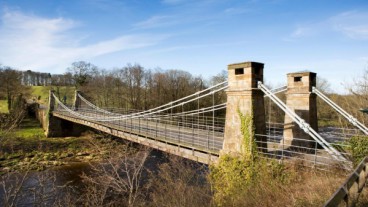
Iconic bridge in UK indefinitely closes
Dec, 05, 2020 | NewsThe Whorlton Bridge, an iconic structure in the United Kingdom closes permanently after fears of pot...

Hammersmith Bridge: Rival design removes need for expensive strengthening
Dec, 06, 2021 | NewsHammersmith Bridge has been closed to motorists for more than two years after cracks appeared in it...
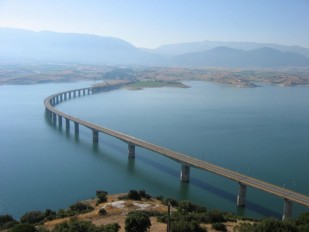
Lake Polyfytos Bridge in Greece is closed for at least a month due to structural damage
Mar, 16, 2023 | NewsThe Lake Polyfytos Bridge, in Greece, has been closed due to structural damage. More specifically...
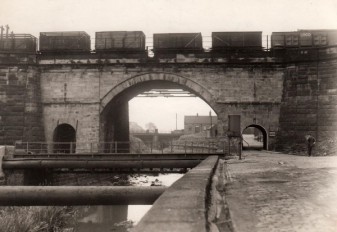
Iconic bridge in England receives repair works
Sep, 24, 2020 | NewsThe world's oldest operative railway bridge has recently undergone repair works. The fabled Skern...

Crack appears in Florida bridge: Authorities reassure that a total collapse is not imminent
Jun, 24, 2020 | NewsMajor concerns about the structural integrity of a bridge in Florida were raised after a large crack...
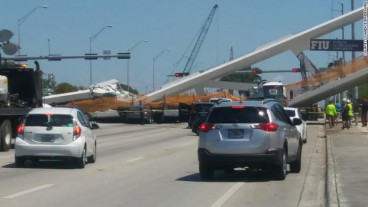
Florida pedestrian bridge collapses 5 days after its installation
Mar, 21, 2018 | NewsThe bridge, which was expected to open in January 2019, was being built using a method called a...

The history of the Golden Gate Bridge
Nov, 24, 2023 | EducationThe Golden Gate Bridge opened on May 27, 1937, and has since been standing as a landmark syno...

Violent oscillation in Chinese bridge caused by high winds
May, 05, 2020 | NewsA bridge in China experienced intense oscillation caused by strong winds. The Humen Pearl River B...
A landmark bridge in Grimsby, expected to reopen in December, will remain closed due to extensive deterioration
Oct, 13, 2023 | NewsA £5 million restoration project on the Corporation Road Bridge, mainly concerning a landmark bridg...
Trending

Vertical gardens in Mexico City to combat pollution
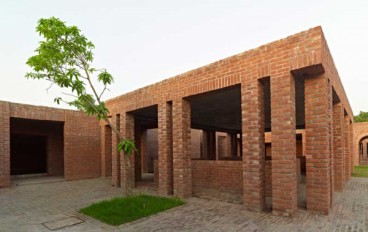
Characteristics of Load Bearing Masonry Construction

Taipei 101’s impressive tuned mass damper

Dutch greenhouses have revolutionized modern farming
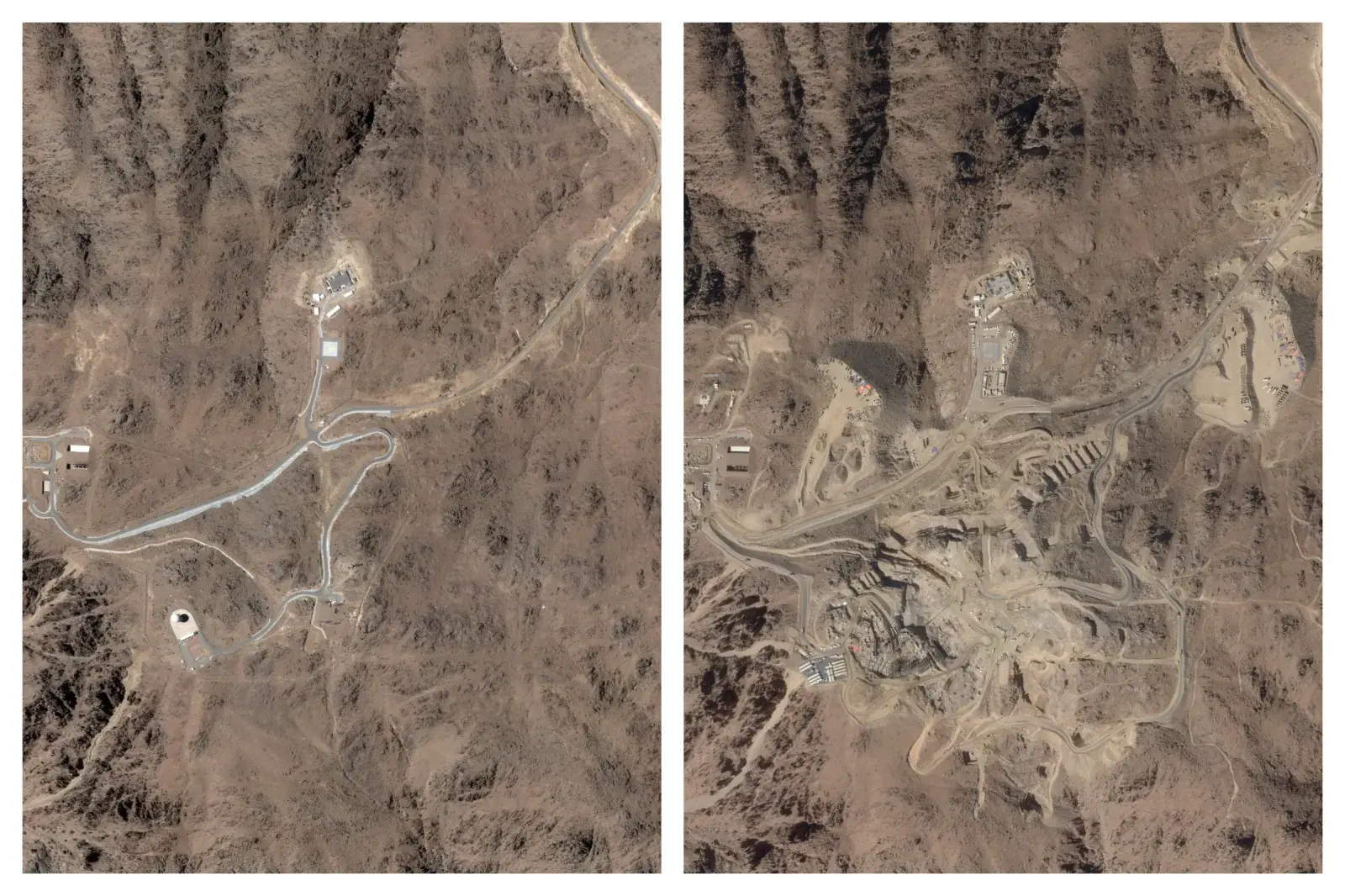
The Line at Neom faces feasibility reassessment while construction continues

The Line at Neom faces feasibility reassessment while construction continues

King Salman Gate unveiled adjacent to Mecca’s Grand Mosque

